For New Delhi, Moscow’s significance both as a geopolitical heavyweight and bilateral partner remains unquestioned
Indian military commanders are rarely seen speaking on geopolitics, let alone at public forums. That job is best left to career diplomats or the political leadership. So, when India’s top commander, Chief of Defense Staff General Anil Chauhan, suggested at an event in Bengaluru last month that Russia’s geopolitical influence would decrease but the world would witness an assertive China in the years to come, it came as a shock to many strategists and geopolitical pundits.
“The current geopolitical environment is in a state of flux. The old order is withering away and the shapes and contours of the new world order are yet to stabilize. The geopolitical importance of Russia will go down in times to come. It is in spite of being a nuclear power. The Wagner rebellion indicates the internal weakness and is indicative of what may lie in store for the future as far as Russia is concerned,” Chauhan stated while speaking on the topic of ‘Inevitability of Changes in the Defense Forces’ at an event organized by Hindustan Aeronautics Limited, a public sector aviation company.
Chauhan’s statement came days after Indian Foreign Minister Subrahmanyam Jaishankar said during a visit to the US that India’s relations with Russia are “very, very stable.” For almost two years now, Jaishankar has single-handedly taken on Western leaders and media, defending, or rather clarifying, India’s stand of ‘strategic autonomy’ with regard to the Russia-Ukraine conflict.
New Delhi had borne the brunt for not openly criticizing Moscow for its decision to launch the military operation against Ukraine in February 2022. The West sees India as being too dependent on Russia for weapons and other needs, and hence not being able to oppose President Vladimir Putin’s actions. So much so that in a scathing attack, Ukraine accused India of taking crude oil from Russia stained with ‘blood’.
Read more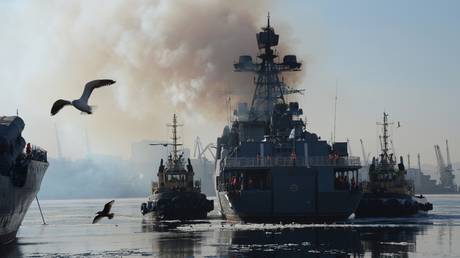 India and Russia hold joint naval drills
India and Russia hold joint naval drills
However, while Chauhan is considered less vocal than his predecessor, the late General Bipin Rawat, when he speaks, he speaks to the point. So, when he invoked the revolt by the Wagner Private Military Company as a sign of Russia’s “internal weakness,” he publicly voiced something that many in the Indian military apparatus have been wondering about.
Chauhan was not the first to voice his apprehension about New Delhi’s most vital ally. Earlier this year, Indian Army Chief General Manoj Pande suggested that the “Russia-Ukraine war’s impact on supply chains has impacted the availability of some spares and weapons for India,” adding that it highlights the need for New Delhi to be “self-reliant in defense manufacturing.”
There are many concerns related to the Ukraine conflict, including why a superpower like Russia couldn’t defeat a relatively weak and small country like Ukraine in a matter of days or weeks. Why did Russian ground forces return from the outskirts of Ukraine’s capital leaving behind tanks, armored personnel carriers, and other military vehicles during the initial weeks of the special military operation?
As the narrative about the conflict has been shaped in India with the help of mainly Western English-language media, not many would recall that Russia had moved back its forces as a result of peace negotiations with Kiev in March 2022. The peace deal was, however, thrown in the dustbin by Ukraine – and today some European politicians are openly stating that the US prevented Ukraine from signing the agreement.
READ MORE: India launches Amini, a reincarnation of Soviet-era warship
Russia losing an important city like Kherson to the Ukrainian armed forces after months of seizure, too, is something being analyzed in India through a prism of mainly Western narrative – in the absence of one from Moscow. Hence, what many casual observers in India may simply fail to see (or take seriously) is that Russia is fighting not just against Ukraine’s armed forces, but another superpower – the US and its NATO allies – as Russia’s Security Council Secretary Nikolai Patrushev pointed out earlier this year.
That is, however, not the case with India’s strategic community. The biggest lesson that New Delhi is learning from the Ukraine conflict and now from the Israel-Hamas war, too, is the need for better military preparedness and security arrangements.
India, whose relations with both of its nuclear-armed neighbors – China and Pakistan – remain frosty and could, Delhi fears, descend into a two-front war on its borders, can hardly question Russia’s geopolitical significance.
Relations between India and China have been extremely strained since the deadly June 2020 Galwan Valley clash, when the two nations’ armies engaged in a bloody fight in the high-altitude region of Ladakh, adjoining Aksai Chin. New Delhi regards the area as an integral part of India, while China also claims it as its own. A five-point plan to de-escalate at the India-China border after the clash was signed by New Delhi and Beijing in Moscow.
Notably, Russia is the only country which can act as a facilitator between India and China. Moscow persuaded India and China to send military contingents for Shanghai Cooperation Organization (SCO) exercises in 2017 and then in 2021, even though both countries had earlier canceled a bilateral military exercise at the height of another border dispute in Doklam along Bhutan (tri-junction of India, China, and Bhutan) in mid-2017. Recently, Russia again managed to bring the arch-rivals to the same platform during the war drills held by the ASEAN Plus countries in Vladivostok.
Read more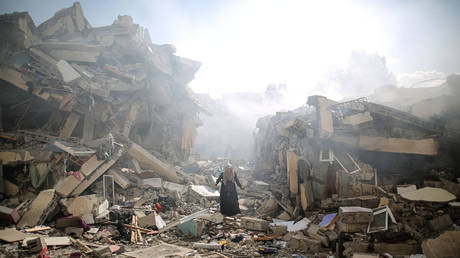 Global apartheid: How the colonial West continues to betray the rest of the world
Global apartheid: How the colonial West continues to betray the rest of the world
Russia, India, and China have stood at the inception of the BRICS grouping, which has now expanded to represent the “alternative” voice in global affairs – the one of the Global South. Indian Prime Minister Narendra Modi and Chinese President Xi Jinping met on the sidelines of the BRICS summit in Johannesburg earlier this year, and agreed to “direct their relevant officials to intensify efforts at expeditious disengagement,” according to Indian diplomats.
New Delhi’s bilateral engagement with Russia, particularly in the energy and defense sectors, will not wane anytime soon.
The new deals and arrangements announced last week during the Dubai Airshow 2023, including India reportedly signing a long-pending contract for the supply and licensed manufacturing of Russian Igla-S portable anti-aircraft missile systems (MANPADS), are just the tip of the iceberg.
While India’s dependency on Russia has been reduced in the past couple of years, Moscow still constitutes 50% of the arms imported by New Delhi, as per global think tank the Stockholm International Peace Research Institute (SIPRI).
Even after Modi’s flagship program of ‘Make in India’, New Delhi is still the second largest importer of arms and ammunition in the world, next only to Saudi Arabia. Putin, an ardent friend of Modi, is an admirer of ‘Make in India’, under which New Delhi wants to become self-reliant in the defense sector.
READ MORE: Indian Navy test-fires extended-range BrahMos missile
India’s domestic defense production in the year 2022-23 has crossed $15.38 billion, as per Indian Defense Ministry records. The country now manufactures fighter jets (LCA Tejas), submarines (Scorpene class and Arihant class), tanks (Arjun MBT), artillery guns (Dhanush & ATAGS) corvettes, frigates, missile destroyers, and even aircraft carriers (INS Vikrant). Indian government enterprise the Defense Research and Development Organization (DRDO) now produces a whole range of missiles, including ICBMs (Agni series), SAM (Akash), MRSAM (Barak-8), Anti-radiation (Rudram), and even air-to-air missiles (Astra), to name just a few.
Even if India is inking arms deals with friendly foreign countries, they are mainly under the ‘Make in India’ project. Be it C-295 military transport aircraft, MQ-9 Reaper drones, or GE-414 and Safran aviation engines, all are going to be manufactured in India in conjunction with global arms companies.
Essentially, Western countries are helping India develop a domestic defense ecosystem, something Russia has been doing for the past several decades.
Beginning from MiG-21 fighter jets, Sukhoi aircraft, the Brahmos supersonic cruise missile, the INS Arihant nuclear submarine, T-90 tanks, BMP-2 ‘Sarath’ (infantry combat vehicles), and various other military equipment. India still uses Russian aircraft carrier the INS Vikramaditya (the erstwhile Kiev class Admiral Gorshkov), AK series rifles, various anti-aircraft guns like OSA, Pechora and Strela, Grad rocket system, artillery guns, Konkur ATGMs, and Dragunov sniper rifles.
Even while India is getting closer to the US, France, and other Western countries, it has procured an ultra-modern S-400 missile system from Russia and the two countries have inked a deal for a joint project to manufacture AK-203 rifles in Amethi (northern India state of Uttar Pradesh).
Read more Russia and India sign deal on Igla-S missiles – TASS
Russia and India sign deal on Igla-S missiles – TASS
What has frustrated the Indian military is the delay in the supply of the S-400 missile system. Last month, India Air Force (IAF) Chief Air Chief Marshal VR Chaudhari publicly complained of a delay in receiving the batteries due to the Ukraine conflict. “Our contract was for five systems and three have been delivered. There is a hindrance in delivery due to the Russia-Ukraine war and we are sure that in the next one year, we will be getting the remaining systems," Chaudhari said at an annual press conference.
The delay in supplies of the S-400 is believed to be mainly attributed to payment issues caused by sanctions against Russia, resulting in a large number of transfers pending from the Indian side. Moscow and New Delhi have reportedly agreed to resolve payment issues while also formalizing a plan for the local production of Russian equipment and spare parts during the meeting of the countries’ defense ministers on the sidelines of the SCO summit in New Delhi in April. However, many in the Indian military and strategic community still have concerns over the feasibility of this arrangement, particularly the degree of the technology transfer.
Being self-reliant in defense is thus the biggest lesson India has learnt from the Russia-Ukraine conflict. New Delhi, which is concerned about both a short and swift war, and/or a prolonged war keeping in view the tumultuous relations with two neighboring countries, China and Pakistan, can no longer solely rely on foreign companies for its defense needs if a conflict erupts.
It is not surprising that the air chief, speaking about Russia’s S-400 delivery, pointed out: India is using its indigenous development to protect its borders. The Air Force has now got clearance from the Defense Ministry to develop five units of Project Kusha, under which the Indian version of S-400 missile systems would be developed.
Where India Meets Russia – We are now on WhatsApp! Follow and share RT India in English and in Hindi

 5 months ago
74
5 months ago
74
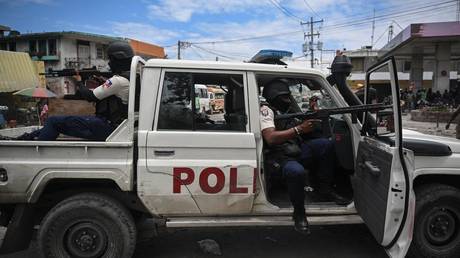
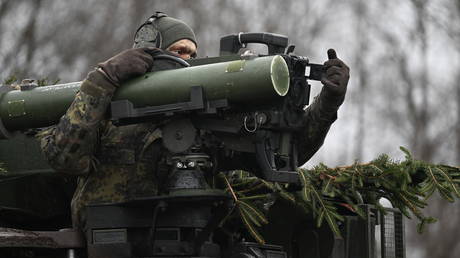
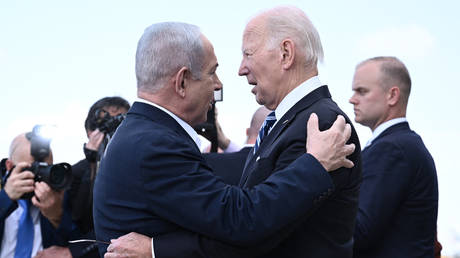
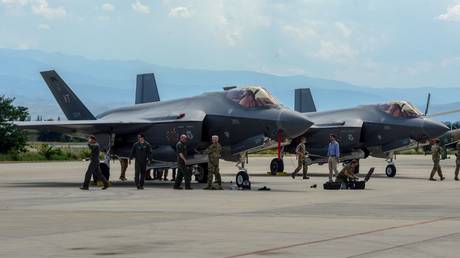
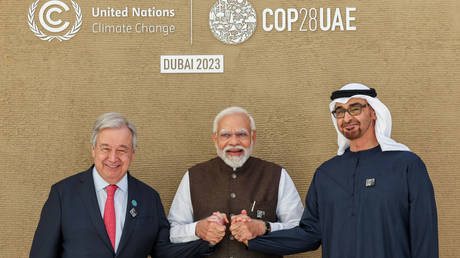
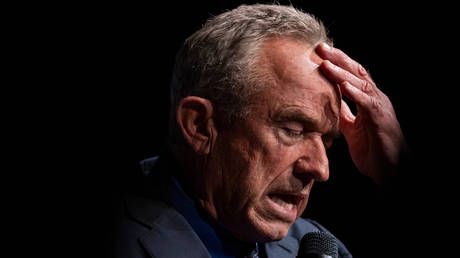
 English (US) ·
English (US) ·